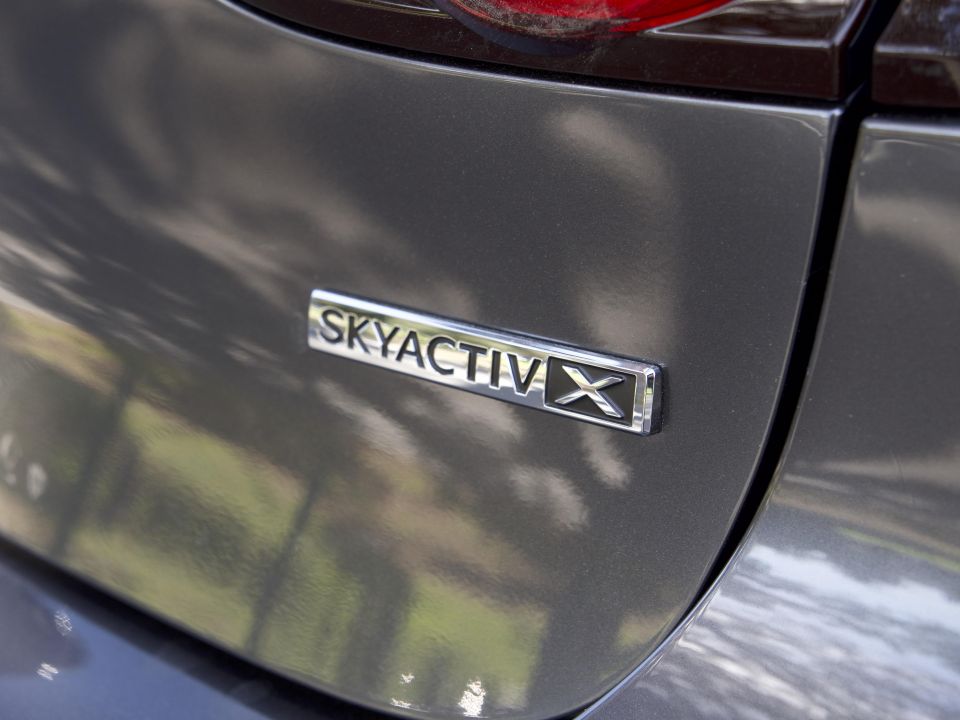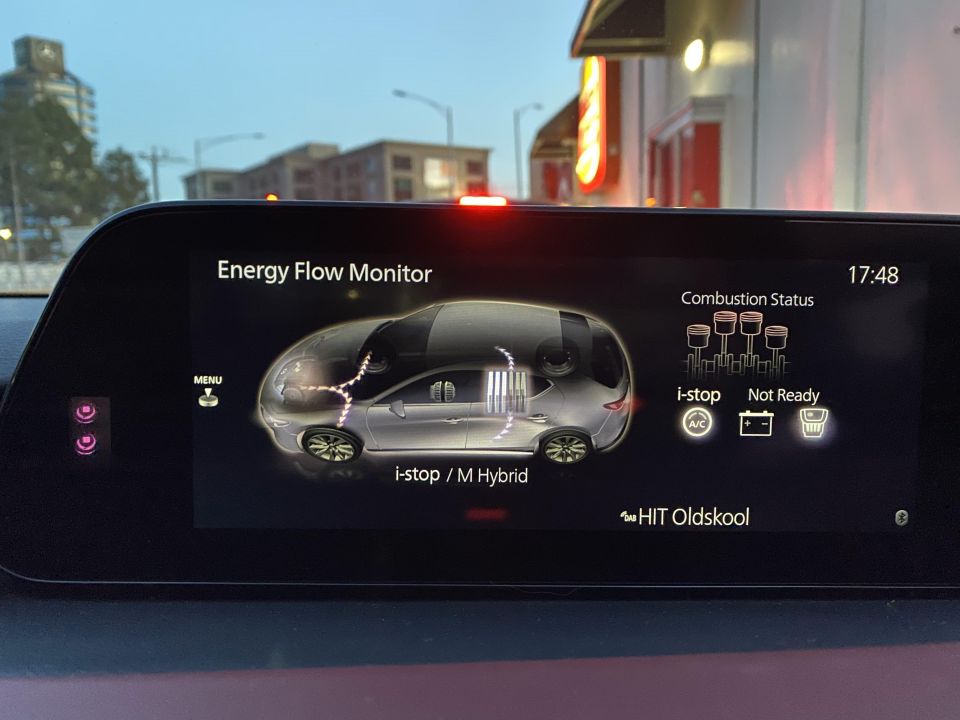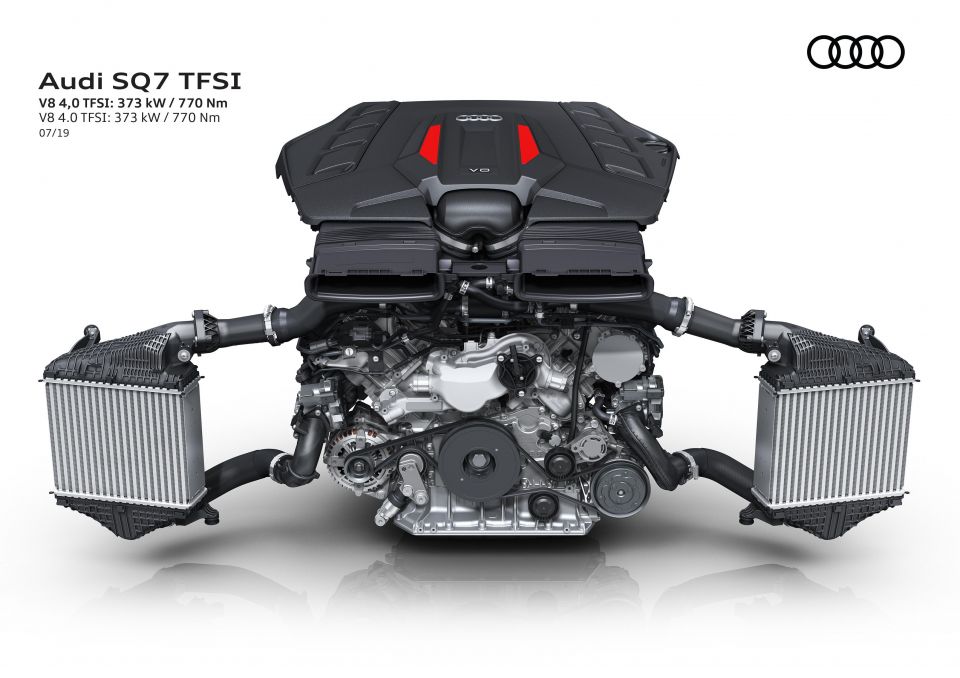

Ben Zachariah
Video: Off-road battle for Beer O’Clock Hill has automakers scrambling
5 Hours Ago
Mild-hybrid systems (commonly known as MHEV) can range from effectively being a more advanced start/stop system to something offering a power boost.

Contributor


Contributor
Vehicle electrification can come in many forms. Mild hybrid vehicles (typically known as MHEV) are perhaps the entry point for carmakers into electrification.
They differ from series hybrid, plug-in hybrid, range extender, and battery electric vehicles due to the fact the electric components of a mild hybrid drivetrain are generally unable to drive the vehicle on their own.
Instead, they work to assist the internal combustion engine (ICE), improving fuel efficiency or in certain cases to temporarily boost vehicle power.
Generally, these systems work by replacing the starter motor and alternator found in standard petrol/diesel vehicles with a small electric motor known as a belt-driven starter generator (often abbreviated to BSG or ISG).
In some cases, the motor may offer features associated with battery electric vehicles such as regenerative braking. For more information on the technical specifics of mild hybrid systems, please see our earlier explainer on hybrid technology.

Because they’re the simplest type of electrification, mild hybrid systems also have the least cost impost over an internal-combustion-only variant in a model lineup, generally costing around a few thousand dollars extra.
In some cases, the only engine option offered will be MHEV.
Entry-level mild hybrid systems are geared towards maximising fuel efficiency, and effectively work as a more effective automatic engine start/stop system.
Standard start/stop systems often crudely cut the engine whenever the vehicle is brought to a complete stop (such as at a traffic light), before bringing it back to life when the driver depresses the throttle.
A basic 24V or 48V mild hybrid system works to save fuel further by being able to bring the engine to a halt in a greater range of scenarios, including when the vehicle is just coasting, or when it is decelerating below a certain speed.

A small battery may also be used to store the energy harvested from regenerative braking, and subsequently power ancillary vehicle features to reduce the strain on the engine.
Properly calibrated, a mild hybrid start/stop system is generally much smoother and more refined than on a conventional combustion-only car.
So what substantive fuel economy benefits can a mild hybrid system bring?

During CarExpert’s review of the Skyactiv-X MHEV Mazda 3, the car achieved a combined fuel economy of approximately 7.8L/100km, approximately 1.0L/100km less than the Astina powered by a conventional 2.5L engine.
Given the improved fuel economy is also inclusive of the efficiencies derived from the spark-controlled combustion Skyactiv-X engine, the dividends delivered by the mild hybrid system in this particular powertrain are less significant.
Audi says the MHEV system in its latest SQ5 SUV can cut fuel consumption by 0.7L/100km.
Apart from greater fuel efficiency, the big differentiator between more advanced mild hybrid systems and their more ordinary counterparts described above is they they can also provide a usable performance advantage.
Often this takes the form of ‘torque-fill’ at low revs, beneficial in vehicles with turbocharged engines.

As the engine may suffer from turbo lag over the time taken by the turbos to spool up, the mild hybrid system steps in to compensate by providing instant torque from its electric motor.
The Audi SQ7 uses an electric compressor powered by its 48V mild-hybrid system, capable of spinning at 70,000rpm without actually being driven by exhaust gases.
It can respond in less than 250 milliseconds at low revs, faster than a conventional turbo can spool up and provide boost.


Ben Zachariah
5 Hours Ago


CarExpert.com.au
13 Hours Ago


Damion Smy
1 Day Ago


Damion Smy
1 Day Ago


Damion Smy
1 Day Ago


Damion Smy
1 Day Ago